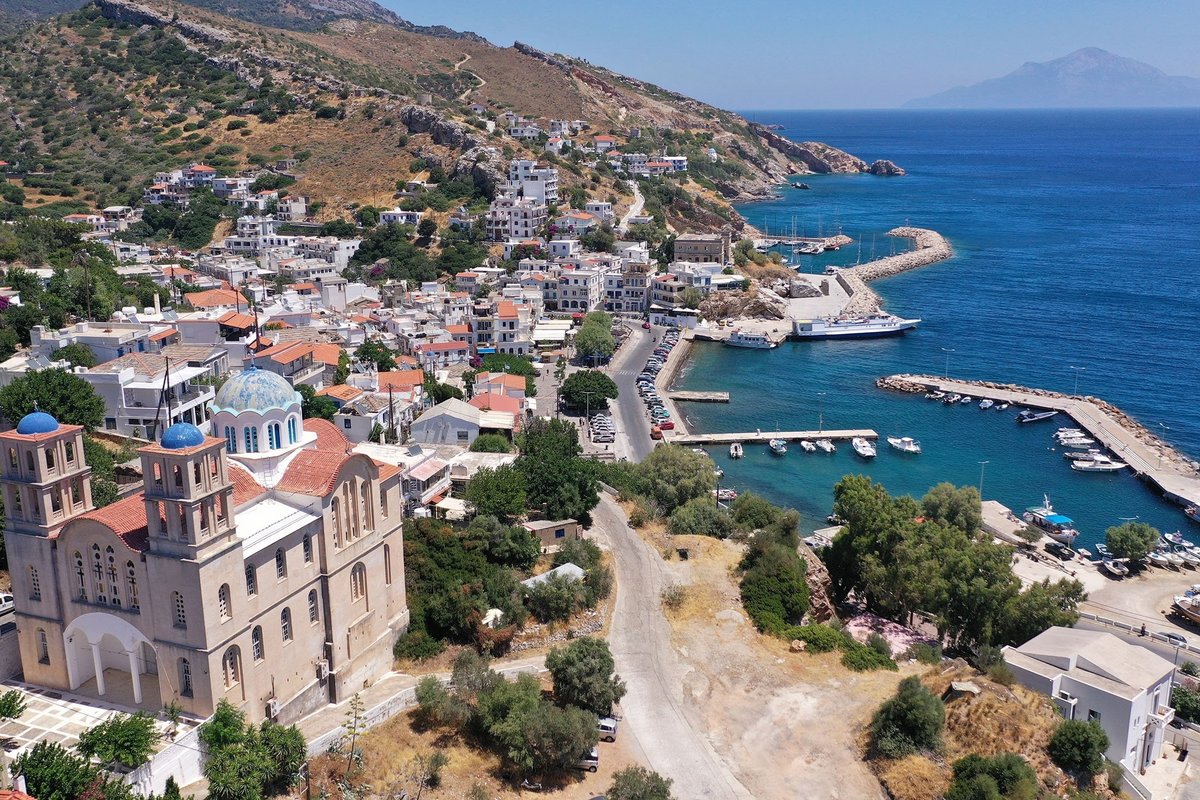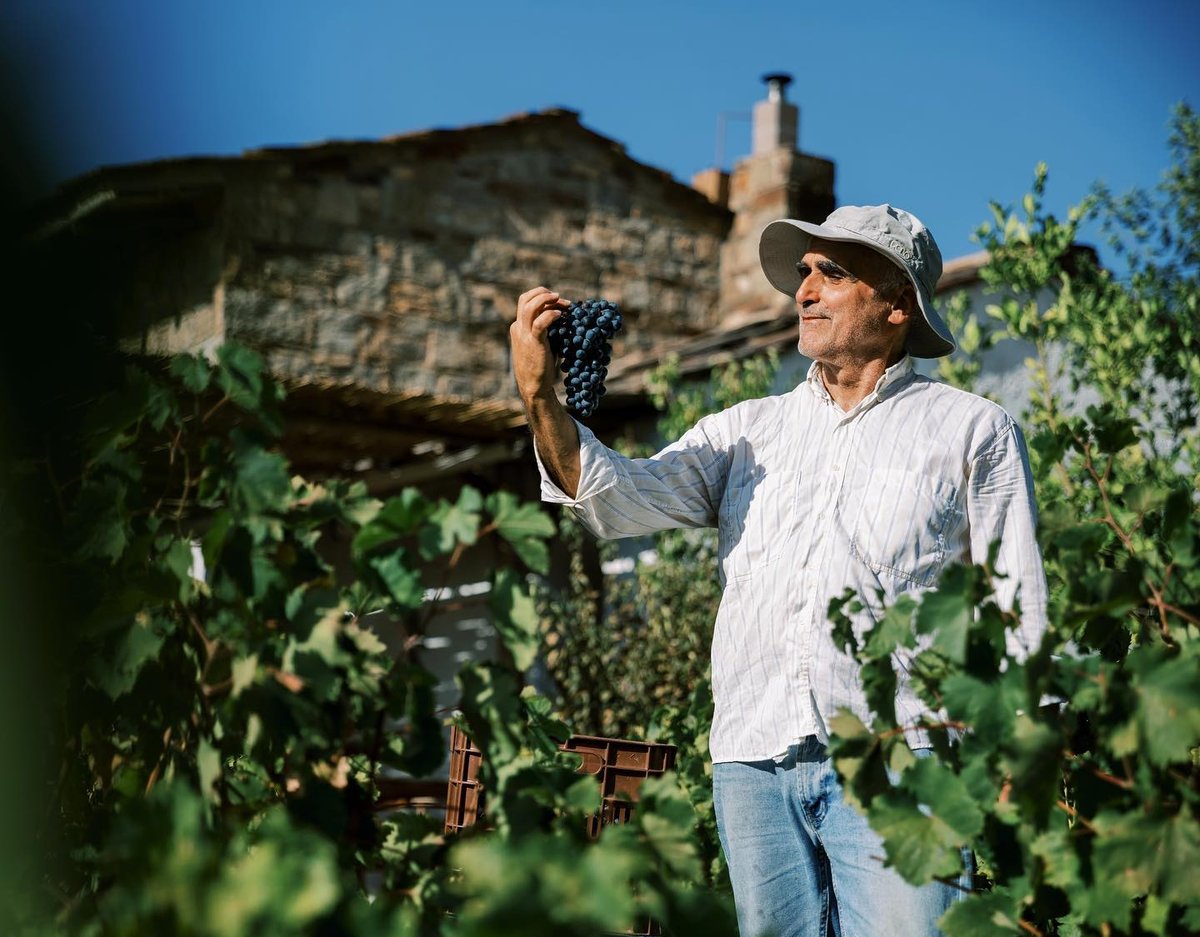The "Blue Zones" are regions where people live significantly longer and healthier lives compared to the global average. The concept was developed by researchers Gianni Pes and Michel Poulain and was further popularized by journalist and researcher Dan Buettner. Through extensive studies, these zones have been identified and analyzed to understand the secrets of longevity and well-being.

Che cosa sono le Blue Zones?
Have you ever heard of "Blue Zones"? No, they are not restricted traffic areas or blue parking zones, but real oases of longevity scattered across the world.

But where are they located? The Blue Zones are five specific areas around the world that share common characteristics related to lifestyle, diet, and culture. These areas include:
- Okinawa, Japan: Known for its high number of centenarians, Okinawa has a diet rich in vegetables, soy, and fish, along with a strong sense of community.
- Sardinia, Italy: Particularly in the Ogliastra region and the mountainous area of Barbagia, Sardinia has a male population with exceptional longevity, attributed to a Mediterranean diet and an active lifestyle.
- Nicoya, Costa Rica: The Nicoya Peninsula features a diet based on corn, beans, and a large amount of tropical fruit, combined with a strong sense of purpose in life.
- Ikaria, Greece: This island in the Aegean Sea has a very low incidence of dementia and chronic diseases, thanks to a diet rich in olive oil, vegetables, and legumes, and a relaxed lifestyle.
- Loma Linda, California, USA: This community of Seventh-day Adventists follows a vegetarian diet and a lifestyle that includes regular physical exercise and a strong emphasis on family and community.

The Blue Zones are special because they provide insight into how lifestyle, diet, and social factors can influence longevity and quality of life. Here are some key factors:
- Healthy Diet: Most Blue Zones follow a predominantly plant-based diet, rich in nutrients and low in calories. Foods like vegetables, legumes, fruits, and whole grains are common, and meat consumption is limited.
- Natural Physical Activity: Blue Zone inhabitants don't necessarily go to gyms, but their daily lives involve a lot of natural physical activity, such as walking, gardening, and doing household chores.
- Strong Sense of Community and Social Relationships: Strong social connections and a sense of belonging to a community are crucial. This social support helps reduce stress and improve the quality of life.
- Sense of Purpose: Having a reason to get up every day, a sense of purpose, is common in the Blue Zones. This could be a job, caring for family, or engaging in volunteer activities.
- Stress Management: Blue Zone residents have effective techniques for managing stress, ranging from meditation and prayer to relaxing moments with friends and family.
The Blue Zones offer valuable lessons for anyone looking to live a long and healthy life. Adopting even a few of the lifestyle habits and dietary practices from these regions can lead to significant health and well-being benefits. The combination of a healthy diet, physical activity, strong social relationships, a sense of purpose, and effective stress management seems to be the key to a long and happy life. These examples show us that, no matter where we live, we can make daily choices that improve our quality of life and potentially our longevity.




